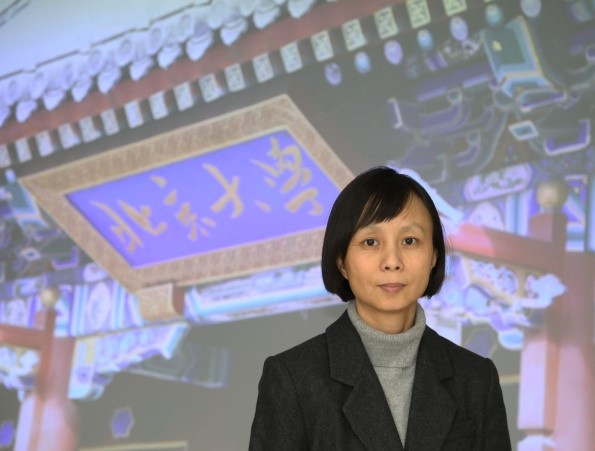【百家大讲堂】第299期:有机光电材料设计中的超分子结构调控
讲座题目:有机光电材料设计中的超分子结构调控
报 告 人:赵达慧
时 间:2019年12月23日(周一)9:00-11:00
地 点:中关村校区求是楼426
主办单位:研究生院、材料学院
报名方式:登录mk体育在线(中国)微信企业号---第二课堂---课程报名中选择“【百家大讲堂】第299期:有机光电材料设计中的超分子结构调控”
【主讲人简介】

赵达慧 博士 教授 1997年毕业于北京大学化学学院,获得学士学位。2003年获得美国依利诺伊大学化学系博士学位,之后于美国麻省理工学院进行博士后研究。2006年起受聘于北京大学化学学院,任副教授,学术组长,博士生导师,2014年晋升为教授。主要研究方向为新型有机聚合物光电功能材料的设计合成与性质研究,以及有机共轭体系超分子结构的可控构筑及其对光电性质的调控作用。主持国家级科研项目10余项。在国际学术期刊发表通讯作者和第一作者论文80余篇。获得国家自然科学基金委杰出青年基金、教育部新世纪优秀人才、优秀青年科学基金、霍英东基金会青年教师基金优选资助课题、日本化学会Distinguished Lectureship Award、北京市科技新星计划等。还曾获北京大学教学卓越奖。受邀在国际及全国性学术会议报告70余次。目前担任Chemistry of Materials(美国化学会)副主编。
【讲座信息】
The supramolecular structures of organic π-conjugated molecules are of great importance to organic electronics and other related fields, since the functional materials' properties are sensitively influenced by the intermolecular interactions in both crystalline and amorphous states. Therefore, the ability to control and fine tune the supramolecular structures of conjugated molecules is highly desirable in designing organic functional materials. Nonetheless, it is still a great challenge to precisely predict and construct with control the supramolecular structures of organic molecules, because they are governed by a range of weak yet collectively influential noncovalent interactions. Thus, supramolecular systems showing competing assembling paths provide valuable platforms to learn to maneuver the supramolecular architectures.
The presentation focuses on the self-aggregation behaviors of a series of pi-conjugated molecules showing competing assembly paths leading to different aggregate structures, which can be conveniently differentiated with electronic spectroscopy. Interestingly, by virtue of the energetic disparity among different paths, different aggregate products are manifested sequentially and selectively under by varied conditions (e.g., solvent polarity, temperature, concentration changes, etc.). After carefully examining the correlation between the molecular structure and corresponding supramolecular architectures, we were able to unravel the underlying structural basis that determine the assembly energetics. The results suggest that both the electronic features and the steric geometry of the molecules are important factors governing the supramolecular architectures and the energetics thereof. With such information, we are able to alter the assembly path and control the aggregate structure, by subtly modifying the molecular structures. These supramolecular chemistry studies have helped us better understanding the general behaviors of pertinent functional molecules and designing new materials more rationally.
